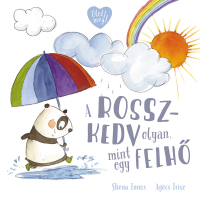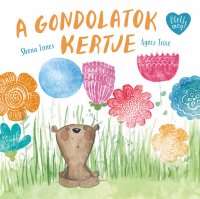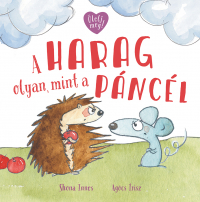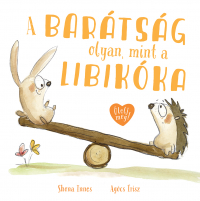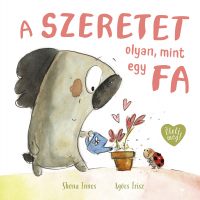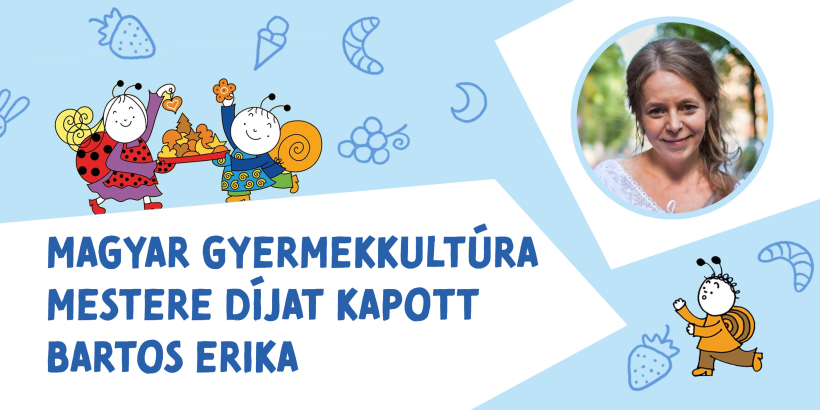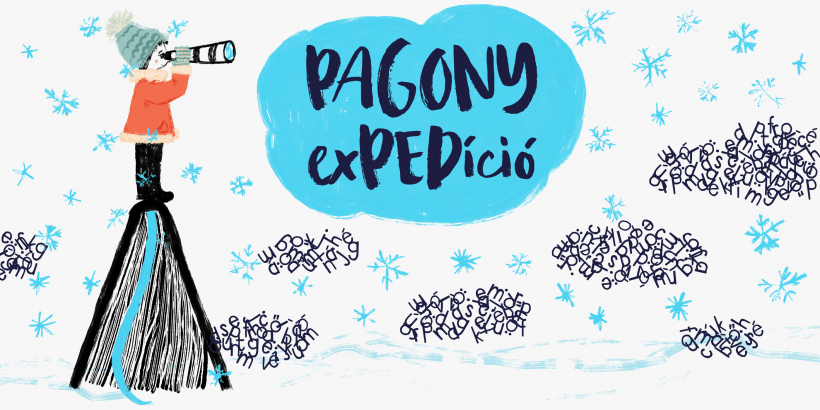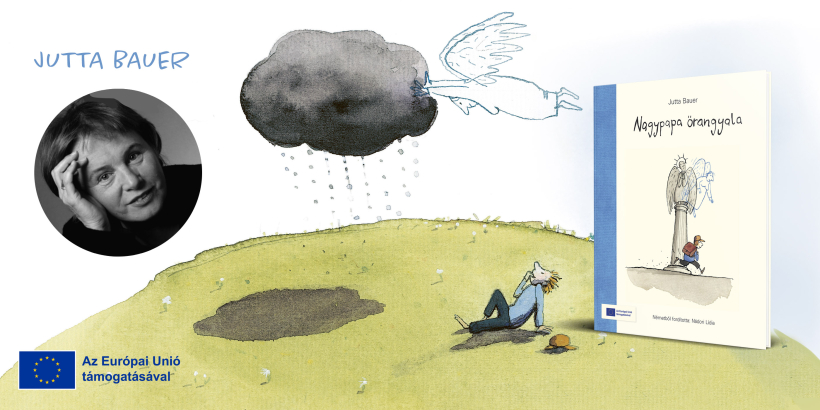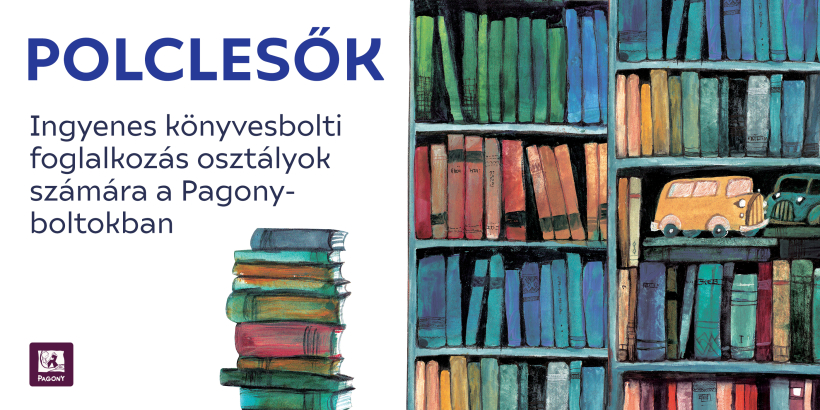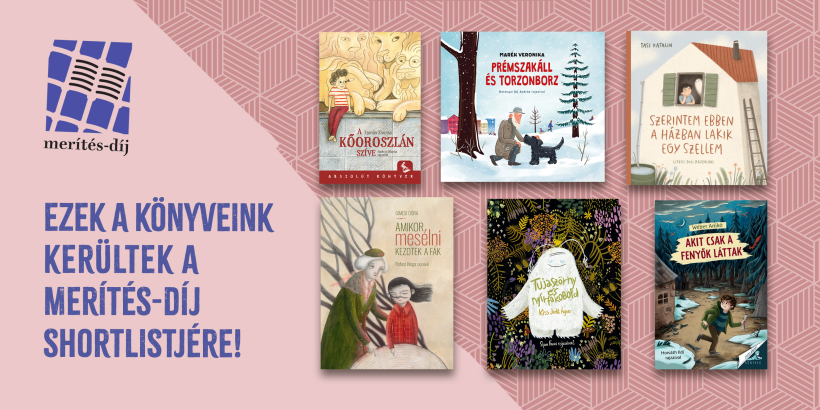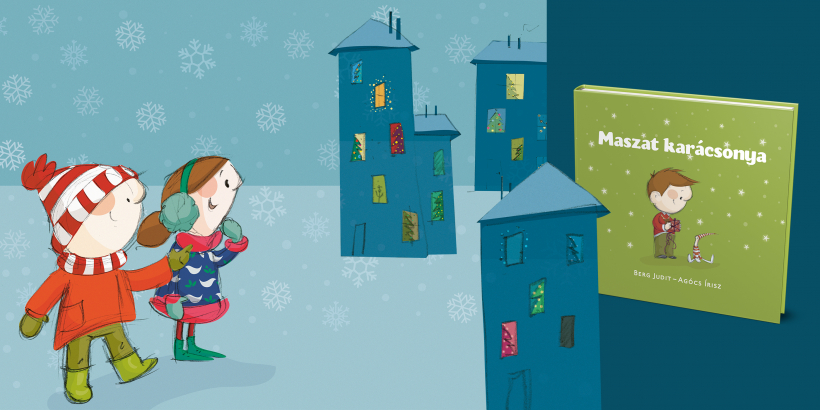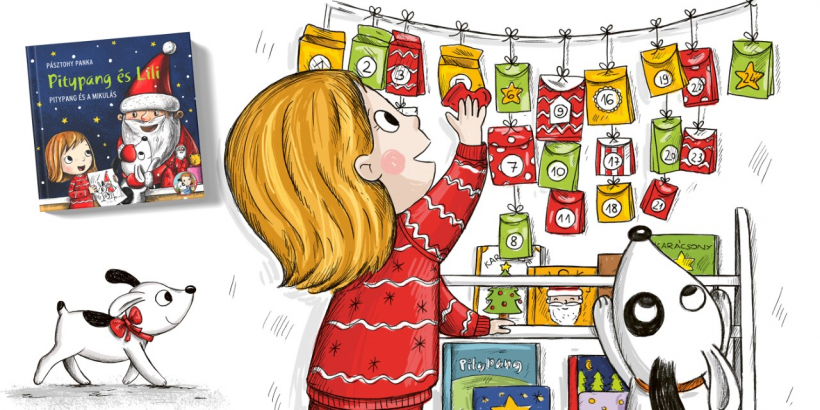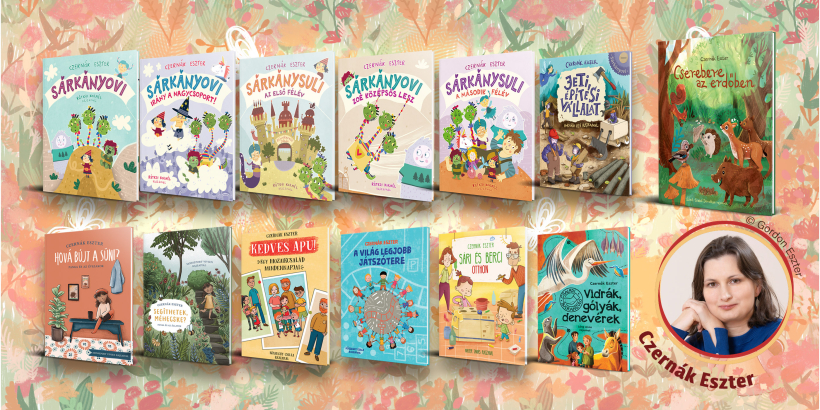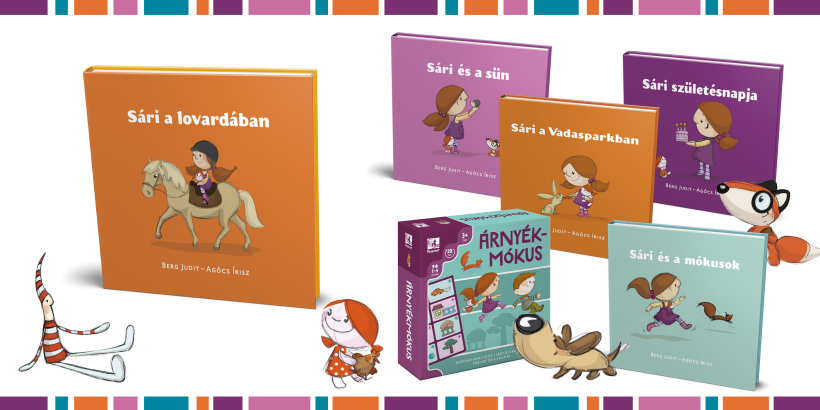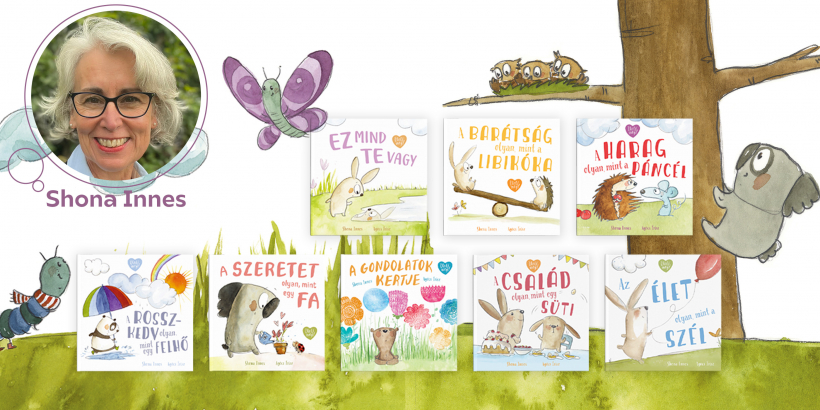
"It’s not like me to sit still for long."
Do you know the Big hug series? It's hard to find better problem solving storybooks for 2-5 year olds. Now we introduce the author of the series, the Australian psychologist, Shona Innes. She is not only a great writer and specialist, but also a fantastic person to chat with. Read our interview below!
Your Big Hug series is a great success in Hungary, the readers are truly enthusiastic for the new releases. Have you ever been in Hungary? If yes, what was your first impression?
Yes, I went to Hungary to visit Irisz in April 2019 with my husband and my youngest son. We were lucky we went when we did as the pandemic would have foiled plans if we had left it any later. It was just before Easter and there were many beautiful flowers out and a festival along the riverbanks in the city. The city’s architecture reflects so much of the country’s modern history. I loved the countryside. To me, it was like a story book. I kept waiting to see famous fairy tale characters pop out of the woods. Hungary also has some great bookstores, and I met some lovely bookstore folk as well.
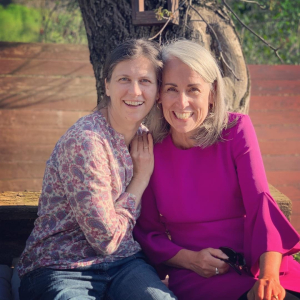 How did you find Írisz Agócs, your illustrator? How did you start working together?
How did you find Írisz Agócs, your illustrator? How did you start working together?
I was paired up with Irisz by our original Australian publisher, Niki Horin. Niki was our match maker. She found my stories – which were letters to young clients back then – and she has seen Irisz’s work. She put them together and it was a perfect match!
Can you tell us a bit about your coworking?
Irisz receives the manuscripts and then sends some ideas back – all of which are fabulous. I remember seeing the sketches for the first book, Life is Like the Wind. When the publisher sent them through to me and they came out of my printer, I wept. They were just so perfect. I knew then that we were on the ‘same page’. Something special had begun. We have many overlapping values and it is a joy to work with Irisz.
As we see, even the youngest children can relate to the Big Hug books. How did you choose the 2-5 years old as your audience? Do you work with children of this age as a psychologist as well?
I work with a wide range of clients – from pre-schoolers to great-grandparents. When I see young children, I usually write them a letter to reinforce the things we have talked about during the session. The parents, family members, or teachers can read them, too (with the child’s permission, of course!), and share the concepts in the child’s day to day world. It’s these letters that became Big Hug books. I find that if I write for the youngest person, their grown ups can understand the concepts, too. For me, it’s all about opening up conversations so that all ages to connect, understand and work through things together.
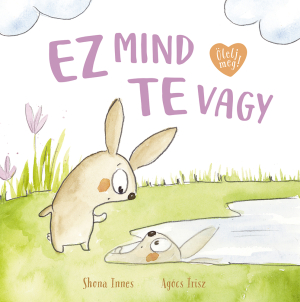 What do you think, why is it so important to improve the children's emotional intelligence from the early years?
What do you think, why is it so important to improve the children's emotional intelligence from the early years?
Humans are social creatures. We do not have sharp teeth, or big claws. Our skin isn’t even very thick. Our protection and strength comes from our ability to connect with others. We need to be able to express ourselves in ways that others can understand and understand how others are expressing themselves, too. Getting along and working out how to solve problems together is important at any age.
How did you find storytelling as way of therapy?
Stories allow us to look at ourselves from a safe distance, but also understand what is going on inside the minds of others. With young children, I use some stories in sessions to explain a concept, to back up a new skill we may have practiced, or we might write a story together. Also, I have some older clients who find it easier to talk about the distress they read in a novel, rather than their own distress. Stories can provide a level of emotional distance if a client is not yet ready to share their innermost concerns. Talking about what happened to the character and what could help that character is sometimes easier than talking about yourself.
Do you have a favourite technique from those you taught in the Big Hug series?
I think what I love best is providing a family with a conversation model – a way of putting a trouble into words so that it can be shared and worked through. I suppose I’m drawing on all of my thirty-plus years of treatment experience when I do that, but I still think that listening is the most powerful component.
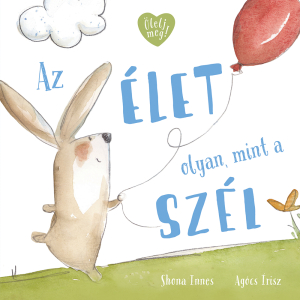 Are you planning to wite other Big Hug books in the future? Or has the series been completed?
Are you planning to wite other Big Hug books in the future? Or has the series been completed?
There were originally ten Big Hug books available in Australia. The Australian publishing got a little messy when the rights changed hands a few years ago. The new publishers have told me that they think the series is complete, but there are plenty of others I have tucked away ready to go. Children change and the world is changing. The thing about working with young people is that you are always needing to add to and update your resources. I don’t think I have ever written the same letter twice to any of my young clients. Before the Australian publishing glitch, we were about to go with a book about mistakes (perfectionism) and one about siblings. They are still there…waiting.
Aare you planning to write for bigger children too?
I see lots of teens, but I tend not to write for them as individuals – Although, I have been known to make up some silly dances to get a point across.
At the moment, I am working on a PhD in creative writing. I’m working on a novel for adults that I hope will help them understand how to protect children from sexual abuse. It highlights the conversations people can share with young children without having to worry about frightening them or spoiling their innocence. I’m researching an investigation we had here in Australia that looked at abuse in institutions, but I am also interviewing clinicians because we need to do more to protect children from abuse in their family environments as well.
Which other countries published your children’s books? How many languages have they been translated to?
The Big Hug series has been available in the UK, the USA, the Netherlands, France, China, Japan, South Korea, Denmark, Romania and, of course, Hungary. I get wonderful messages from all over the world. It always brightens my day.
What are your future plans as a writer? Do you have any special project in mind?
At the moments, it’s all about my PhD project. But I am sure there will be other projects. It’s not like me to sit still for long.


